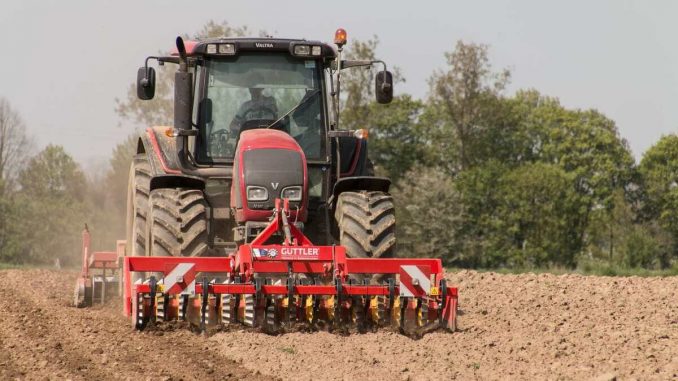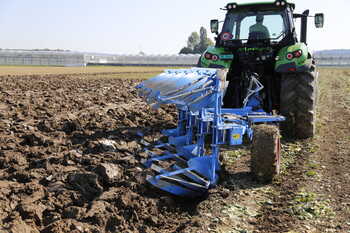
In the realm of agricultural machinery, the rotary tiller stands as a remarkable tool that revolutionized soil preparation. Paired with tractors, rotary tillers have become an indispensable asset for farmers and gardeners alike. This comprehensive guide explores the world of rotary tillers, shedding light on their functionality, benefits, and how they transform soil cultivation into a streamlined and efficient process.
Understanding the Basics
A rotary tiller, often referred to as a rotavator, is an attachment designed to prepare soil for planting by breaking it down into a finer, more manageable texture. This is achieved through a set of rotating blades or tines that dig into the soil, breaking up compacted layers and incorporating organic matter.
 How Rotary Tillers Work
How Rotary Tillers Work
Rotary tillers are mounted to tractors, utilizing the tractor’s power to drive the tines.
As the tractor moves forward, the tines rotate and dig into the soil, turning it over and breaking up clumps.
This action not only loosens the soil but also mixes in residue and amendments.
Types of Rotary Tillers
Rotary tillers come in various sizes and configurations to suit different tractor models and soil types. Standard-duty tillers are suitable for light tilling, while heavy-duty models are designed for more challenging conditions. There are also forward and reverse rotation tillers, each offering unique advantages.
Benefits of Rotary Tillers
- Efficient Soil Preparation: Rotary tillers speed up soil preparation by breaking it down into a fine, even texture, creating an ideal bed for planting.
- Weed Control: Tilling disrupts weed growth by uprooting young weeds, reducing competition for nutrients and sunlight.
- Improved Aeration and Drainage: Tilling enhances soil aeration and drainage, preventing waterlogging and improving root development.
- Incorporation of Organic Matter: Rotary tillers mix organic matter, such as compost or cover crops, into the soil, enriching its fertility.
- Reduced Manual Labor: By harnessing the power of tractors, rotary tillers eliminate the need for labor-intensive manual tilling.
- Time Savings: Rotary tillers streamline the soil preparation process, allowing farmers to cover larger areas in less time.
Choosing the Right Rotary Tiller
Selecting the appropriate rotary tiller involves considering factors such as the size of the tractor, the type of soil, and the intended application. Key aspects to evaluate include tine configuration, working width, and the type of soil conditions the tiller is designed for.
 Tips for Using Rotary Tillers Safely
Tips for Using Rotary Tillers Safely
- Read the Manual: Familiarize yourself with the tiller’s manual to understand its operation and safety guidelines.
- Proper PTO Connection: Ensure the power take-off (PTO) shaft is connected securely to the tractor and the tiller.
- Maintain a Safe Distance: Keep bystanders and pets away from the working area to prevent accidents.
- Wear Protective Gear: Use appropriate safety gear, including eye protection, gloves, and sturdy footwear.
- Inspect Regularly: Inspect the tiller for wear and tear, and address any issues promptly to ensure safe operation.
- Operate on Level Ground: Choose level ground for tilling to maintain stability and prevent accidents.
Maintaining Your Rotary Tiller
Regular maintenance prolongs the life and efficiency of your rotary tiller. Keep the tines sharp, lubricate moving parts, and store the tiller in a dry, sheltered area to prevent rust.
Conclusion
The rotary tiller for tractors is a powerful tool that has revolutionized soil preparation in agriculture and gardening. By harnessing the might of tractors, rotary tillers simplify and accelerate soil cultivation, offering benefits such as improved aeration, efficient weed control, and enhanced nutrient incorporation. As you embark on your journey of harnessing the power of rotary tillers, understanding their operation, choosing the right model, and practicing safe usage and maintenance are paramount for achieving optimal results in your farming or gardening endeavors.

Leave a Reply